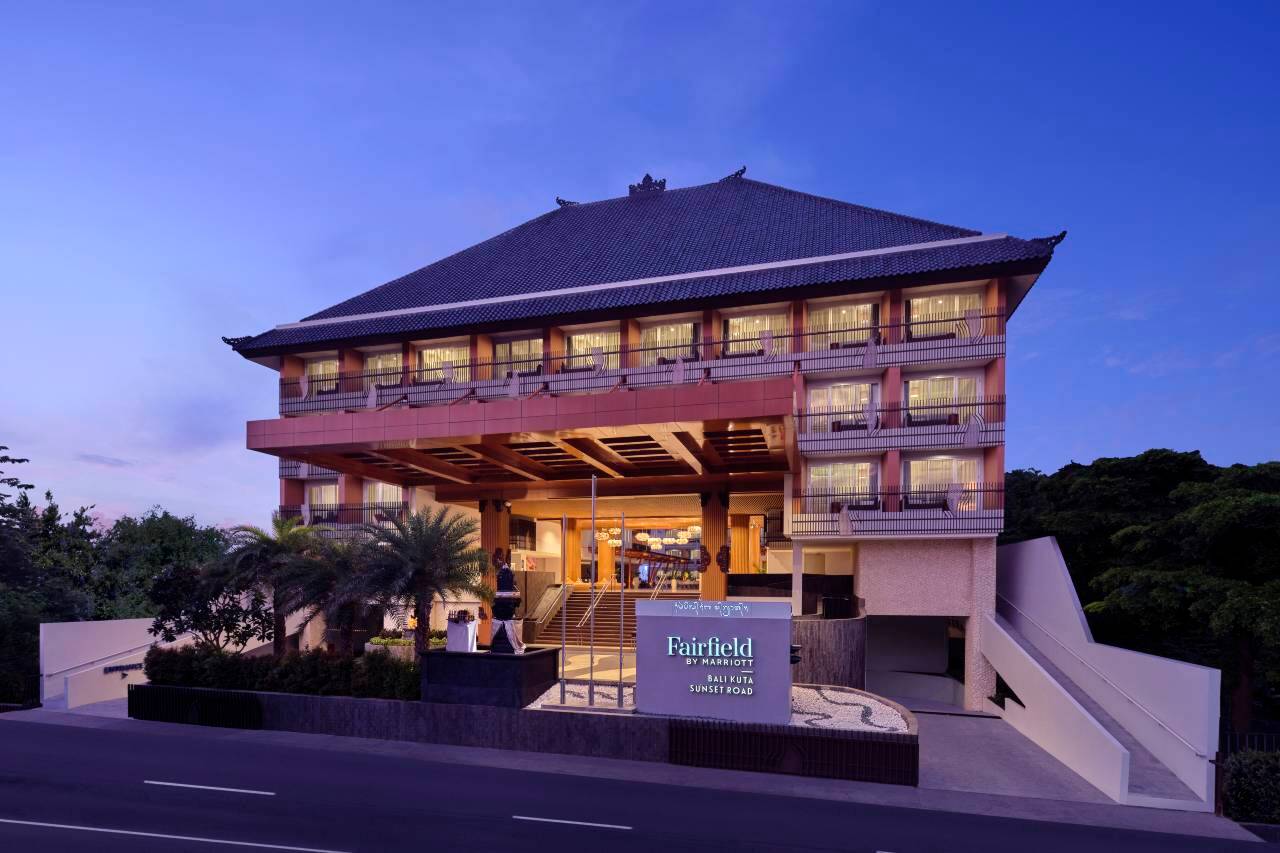Conference Venue
Fairfield by Marriott Bali Kuta Sunset Road
Address: Jl. Merdeka Raya No.VII, Abianbase, Kec. Kuta, Kabupaten Badung, Bali 80361, Indonesia

Welcome to Fairfield by Marriott Bali Kuta
Sunset Road, where you can experience the
charm of Indonesia and enjoy an
unforgettable stay. Our Kuta hotel is
nestled amidst picturesque tropical scenery,
offering simple yet beautiful accommodations
that provide exceptional value and comfort.
Explore nearby shopping destinations and
fascinating attractions, feel the vibrant
energy of Bali’s Kuta area, and soak in the
sound of waves and sunset views at Double
Six Beach. The hotel is only about a
15-minute drive from Ngurah Rai
International Airport.
The JABA Lounge is open all day, inviting
you to enjoy afternoon tea, cocktails, and a
variety of light snacks. Jejaton Restaurant
features fresh, authentic Indonesian
specialties and Western-style cuisine. Our
bright and thoughtfully designed guest rooms
are filled with natural light and offer free
Wi-Fi along with ample space for work and
relaxation—an ideal retreat after a day
exploring Kuta Beach.
Feel free to maintain your daily fitness
routine at our 24-hour gym or take a
refreshing dip in our large outdoor swimming
pool with its own bar. The hotel also
features several well-equipped meeting
rooms, perfect for hosting conferences or
social events of any size. For a worry-free
vacation, we offer exclusive holiday
packages tailored to start your Bali Kuta
getaway with ease.